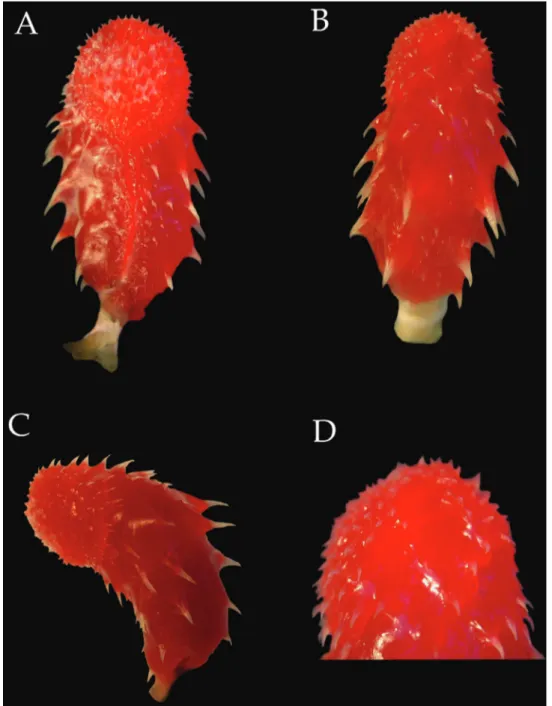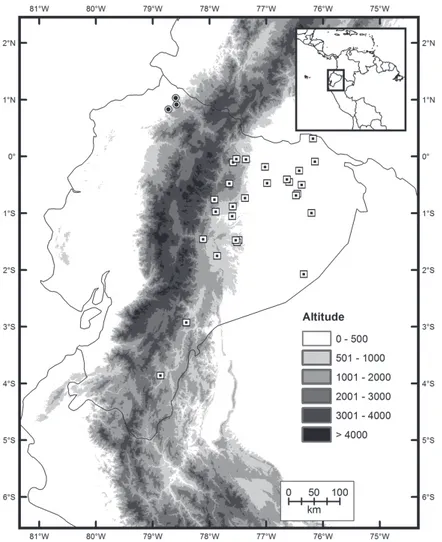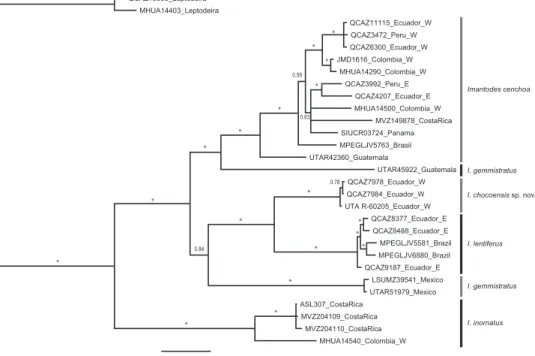A new species of blunt headed vine snake (Colubridae, Imantodes) from the Chocó region of Ecuador
Texto completo
Figure
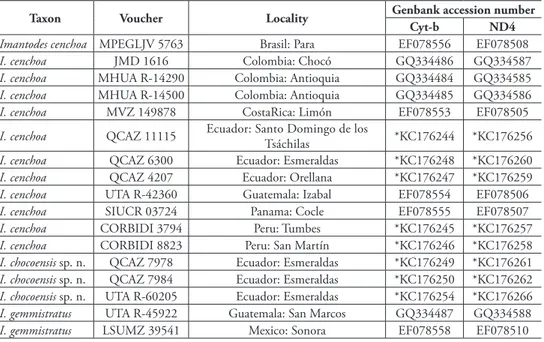
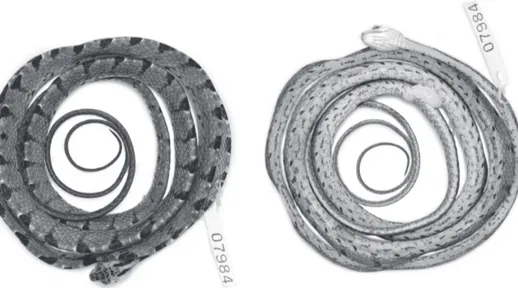
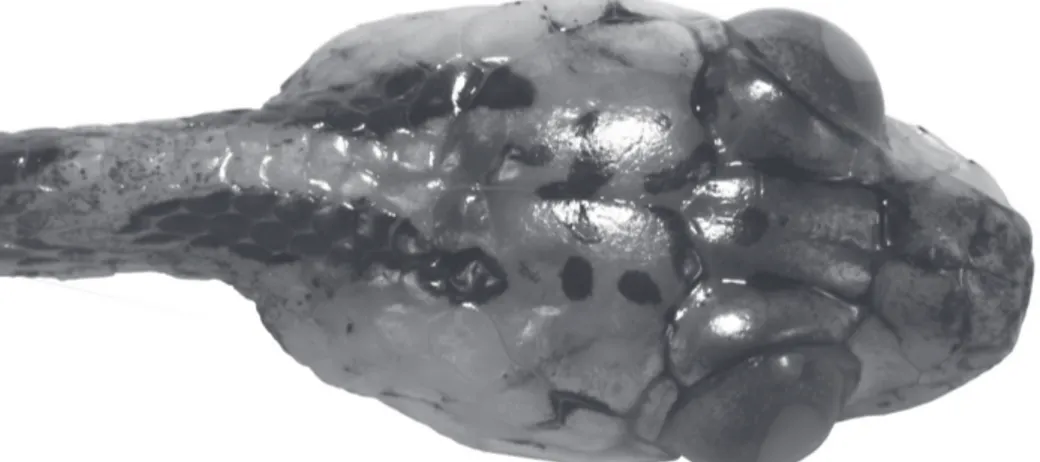

Documento similar
Five new records of Glomeromycota are reported from the Neotropical region of Mexico, seven new records of AMF for Veracruz and one new record from Mexico
A new species of Euzetia (Monogenea: Monocotylidae) on the gills of Rhinoptera bonasus (Rhinopteridae) from Ciudad del Carmen, Campeche, México.. Una especie nueva de
Notes on South American Carex section Schiedeanae and description of the new species Carex roalsoniana (Cyperaceae).. Taxonomic and distribution notes on Carex (Cyperaceae) from
The development of diploid and polyploid breeding base populations with a wide genetic variability carrying introgressions from different wild species may facilitate obtaining
43 KFKI Research Institute for Particle and Nuclear Physics, Budapest, Hungary. 44 Institute of Nuclear Research ATOMKI,
In addition to two learning modes that are articulated in the literature (learning through incident handling practices, and post-incident reflection), the chapter
To do that, we have introduced, for both the case of trivial and non-trivial ’t Hooft non-abelian flux, the back- ground symmetric gauge: the gauge in which the stable SU (N )
naledi differs from Middle Pleistocene (MP) and Late Pleistocene (LP) Homo (here we include specimens sometimes attributed to the putative Early Pleistocene taxon Homo antecessor,

